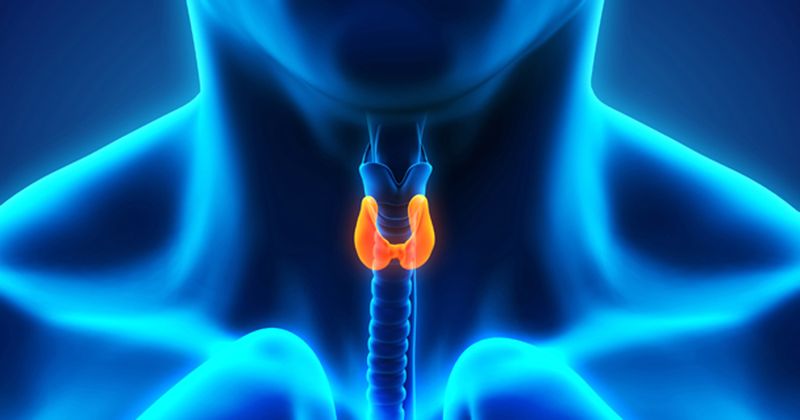PTH therapy cuts need for calcium, vitamin D supplements for most with hypoparathyroidism
Key takeaways:
- Most adults with hypoparathyroidism no longer need vitamin D or calcium supplementation with palopegteriparatide.
- Mean BMD z scores were near normal at 110 weeks of palopegteriparatide.
SEATTLE — Most adults with hypoparathyroidism no longer needed calcium or vitamin D supplementation after initiating a once-daily active parathyroid hormone drug, according to a speaker.
Palopegteriparatide (TransCon PTH, Ascendis Pharma) is an investigational once-daily prodrug with sustained release of active PTH. The agent is being developed as a potential treatment for hypoparathyroidism. Findings from a phase 2 trial revealed nearly all adults receiving palopegteriparatide had calcium levels that remained in the normal range at 110 weeks. Additionally, bone mineral density z scores were similar to age- and sex-matched normal scores.

“With TransCon PTH, 93% of the patients were able to maintain independence from conventional therapy out to 2 years,” Mishaela R. Rubin, MD, associate professor of medicine in the metabolic bone disease unit at the Vagelos College of Physicians & Surgeons at Columbia University Irving Medical Center, said during a presentation at the AACE Annual Scientific and Clinical Conference. “Together with that, mean serum calcium and mean 24-hour serum calcium remains in the normal range, showing that the efficacy of the drug is durable over 2 years of treatment. In addition, treatment with TransCon PTH stimulated bone turnover from a low bone turnover state, leading to mobilization of calcium from the hypermineralized skeleton and now approximating age- and sex-matched normative levels for bone density.”

Rubin and colleagues conducted a trial with 59 adults with hypoparathyroidism who were receiving conventional vitamin D and calcium therapy at baseline (mean age, 50 years; 81% women). For 4 weeks, participants were randomly assigned to receive either 15 µg, 18 µg or 21 µg palopegteriparatide or placebo once daily for 4 weeks. At 4 weeks, 57 adults continued to an open-label extension trial and received titration of palopegteriparatide plus conventional therapy for up to 110 weeks. Independence from conventional therapy, serum calcium and 24-hour urine calcium were key endpoints. Bone turnover markers were measured to assess skeletal remodeling. DXA scans were conducted at the lumbar spine, femoral neck, total hip and distal 1/3 radius to measure BMD.
Of participants who completed the open-label extension, none required active vitamin D supplementation at 110 weeks and 93% received less than 600 mg per day of calcium. Of the cohort, 77% were taking no calcium or vitamin D at 110 weeks. Mean serum calcium was 8.6 mg/dL at 110 weeks and remained in the normal range during the duration of the study period. Similarly, mean 24-hour urine calcium was in the normal range at 110 weeks at 167 mg.
Participants receiving palopegteriparatide had increases in mean P1NP and mean CTx in the early weeks of the trial, according to Rubin. P1NP peaked at 26 weeks and CTx peaked at 12 weeks before both trended slowly downward through 110 weeks. BMD z scores at the lumbar spine, femoral neck, total hip and distal 1/3 radius also decreased from baseline to 110 weeks. However, Rubin noted that the z scores at all four locations remained above zero at 110 weeks and were similar to age- and sex-matched normal scores.
Of the cohort, 94.9% reported any adverse event; 10.2% had a serious adverse event at 110 weeks. All but four adverse events in the study were grade 1 or grade 2, and fewer than half of all adverse events were related to palopegteriparatide, Rubin said.
“The safety profile was very reassuring,” Rubin said. “[Palopegteriparatide] was very well-tolerated, there was an excellent retention rate, and nobody stopped the trial because of any adverse events. These data support the potential long-term clinical benefit of TransCon PTH in adults with hypoparathyroidism.”
